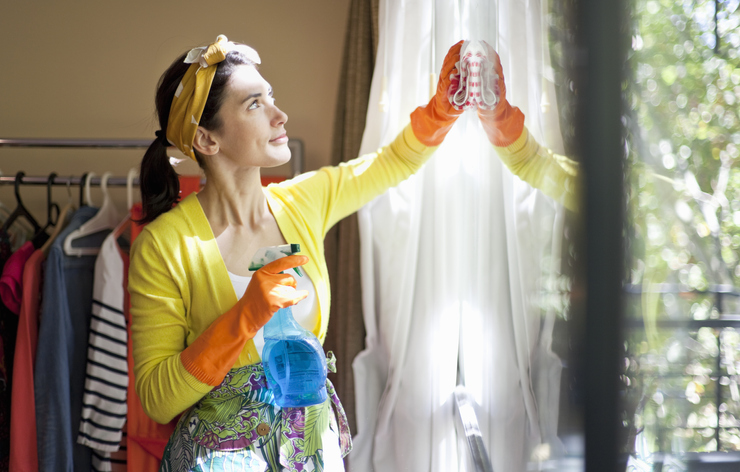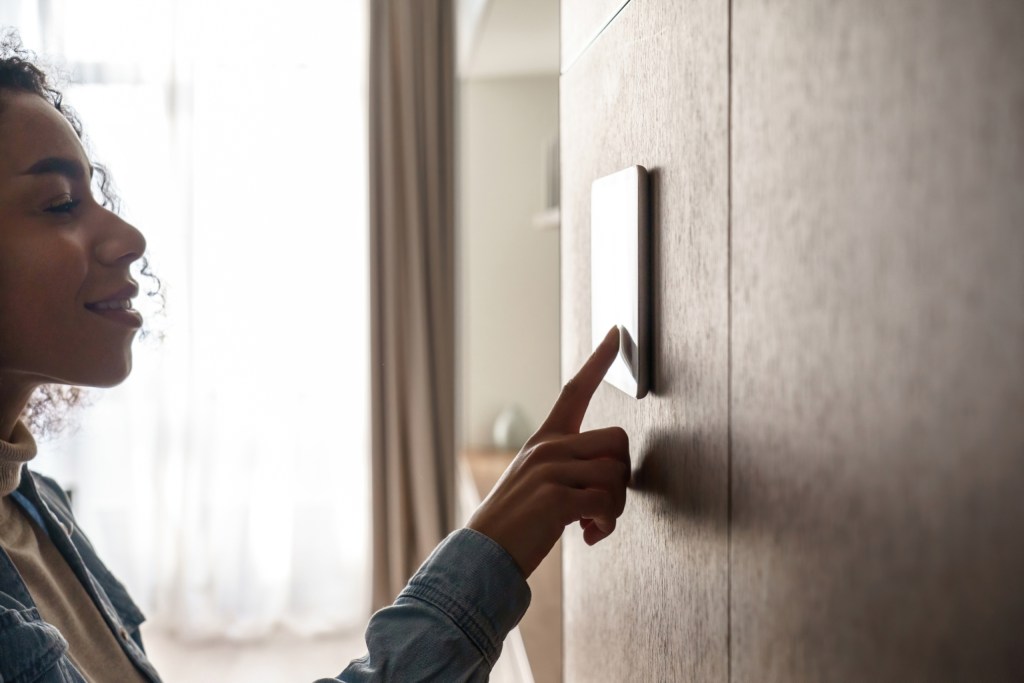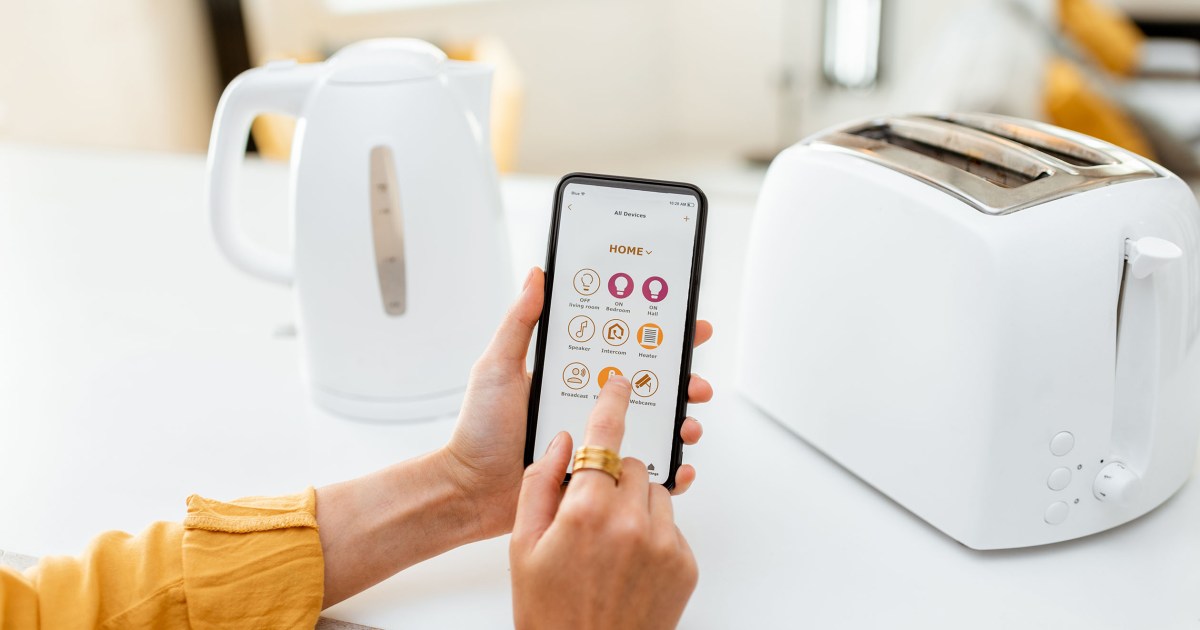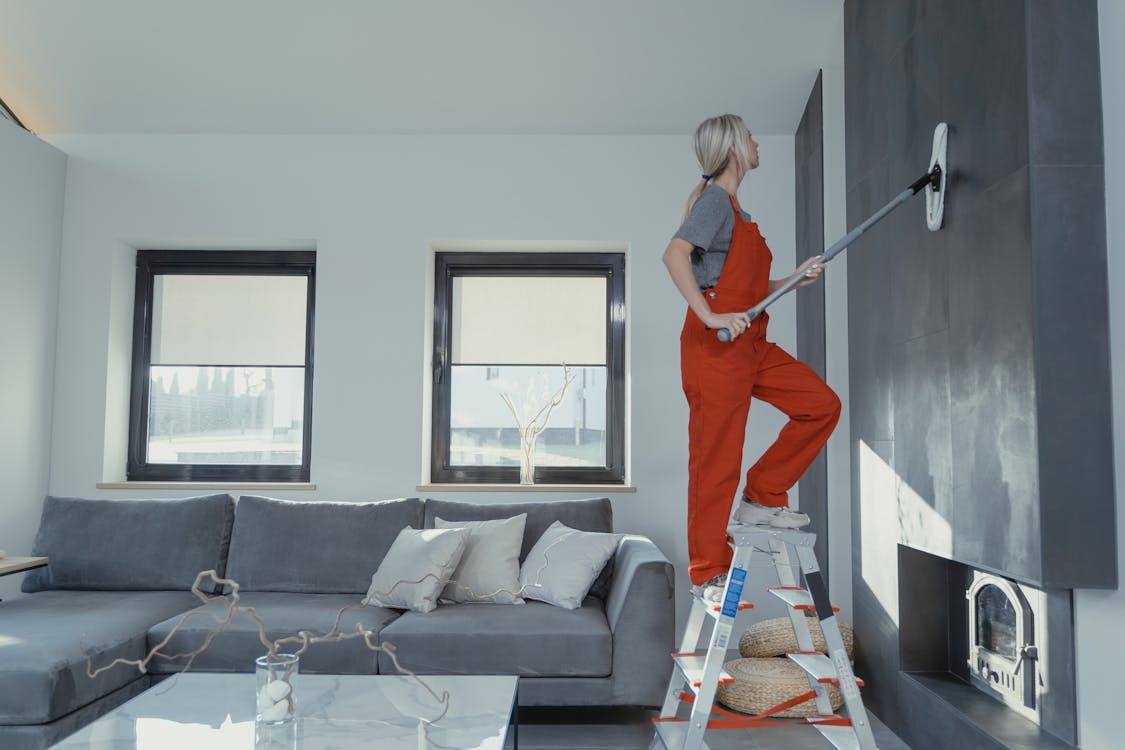Table of Contents
Smart home products have transformed the way quite a few owners interact with their areas, specially considering that the pandemic, when several have been trying to get rid of viral and bacterial contamination in their households. But what if our clever house gadgets are not as clear as we hoped? A new analyze from Vivint provides gentle to analysis that proves our smart home products may possibly be teeming with germs. Here’s what you need to have to know.

What was Vivint’s analyze?
Vivint aimed to take a look at the variety of microbes and other dwelling microorganisms that phone our clever gadgets their property. To do so, Vivint seemed for four varieties of microbes that could be dwelling on the equipment. Then, Vivint utilised CFUs — colony-forming units — to identify the “number of these dwelling microorganisms on a supplied floor.” Vivint reported it then “analyzed how a lot of CFUs of each sort of germ experienced amassed on a quantity of property safety elements.” With this process, the research generated alarming outcomes for a lot of homeowners who may well have colonies of microorganisms virtually at their fingertips.

Here’s how a lot germs your smart units actually have
Vivint’s examine returned with some startling results. It concluded that the product teeming with the most microorganisms is the smart thermostat. “Smart thermostats and remotes,” Vivint stated, “had the highest contamination levels (32.5 and 30 million CFUs, respectively), so these often managed objects should really get sanitized on a regular basis.” To set this statistic into viewpoint, Vivint stated, “The wise thermostat had a few situations as several CFUs as a kitchen sink — one particular of the most micro organism-infested locations in a residence.” This can make the good household thermostat 1 of the most contaminated spaces in the property.
On top of that, Vivint’s review showed that “smart doorbells came back with just 130,000 CFUs, most of which ended up bacillus” (rod-formed microbes that can be each damaging and advantageous). In comparison, the sensible doorbell experienced 7 moments a lot more bacteria than a lavatory faucet deal with.
“The clever distant, with 30 million CFUs, was 12 instances germier than a toothbrush holder,” Vivint additional. And “it turns out your stability digicam might be 4 occasions dirtier than your rest room tackle.” These figures from the study establish that householders will need to be aware of micro organism-infested surfaces when it arrives to their good gadgets. And possibly, this implies that we really should all be cleaning these units a lot more routinely than we initially assumed.

What can house owners do to do away with micro organism buildup on their devices?
Just one of the simplest strategies to rid your residence of these microscopic intruders is to routinely thoroughly clean and sanitize your sensible equipment. “Begin by eliminating the batteries if there are any,” Vivint recommended. Then, “wipe [the device] down with rubbing alcohol, a cleaning soap alternative, or disinfecting wipes.” For outdoor protection cameras, you could have to unplug the product prior to cleansing. In addition, use microfiber cloths and cotton swabs to clean scaled-down crevices and nooks. As for how usually you should clear your intelligent household gadgets, Vivint stated, “We advise cleaning most of them at least the moment a 7 days to retain unsafe microorganisms to a bare minimum.”
Clever property products have proven to be wonderful tools in the house. They allow the house to operate smoother and frequently never demand a great deal of palms-on use. Nevertheless, that doesn’t signify they are not exempt from housing hazardous microbes. Vivint’s research shows that these products are teeming with burglars. So, now could be a superior time to get into the pattern of routinely cleansing your good gadgets right before they expand any dangerous germs that could make you ill.
Editors’ Recommendations






More Stories
Revitalize Your Building’s Exterior: The Magic of Softwashing
Four Key Focal Points for Efficient House Cleaning in St. Petersburg, FL
Are your home’s clever products leaking non-public information? Calgary researcher set to discover out